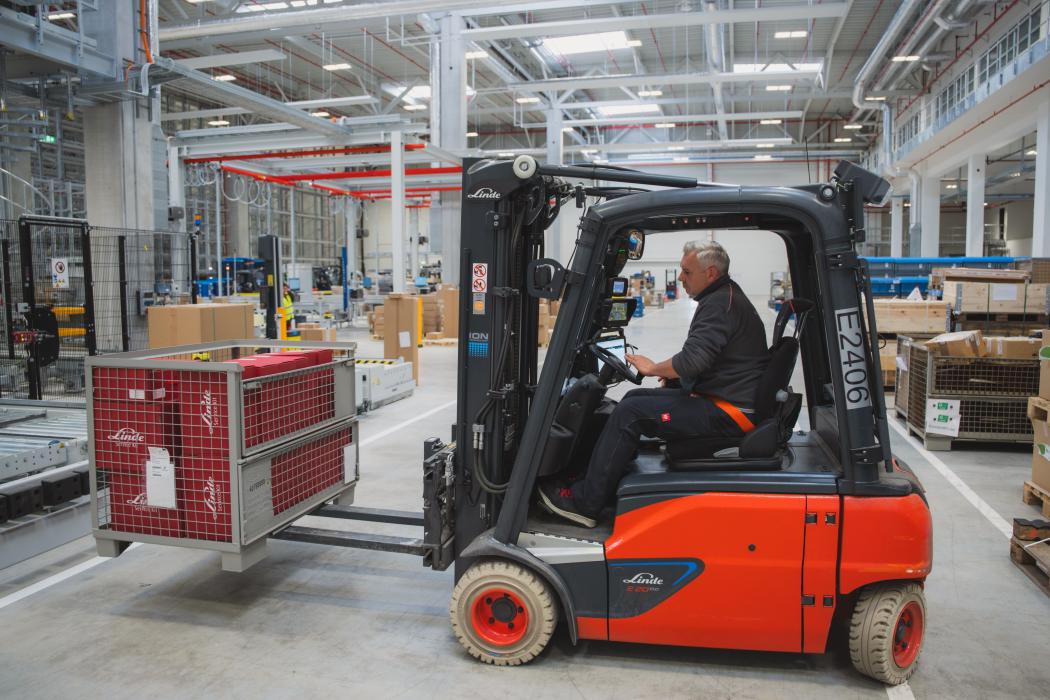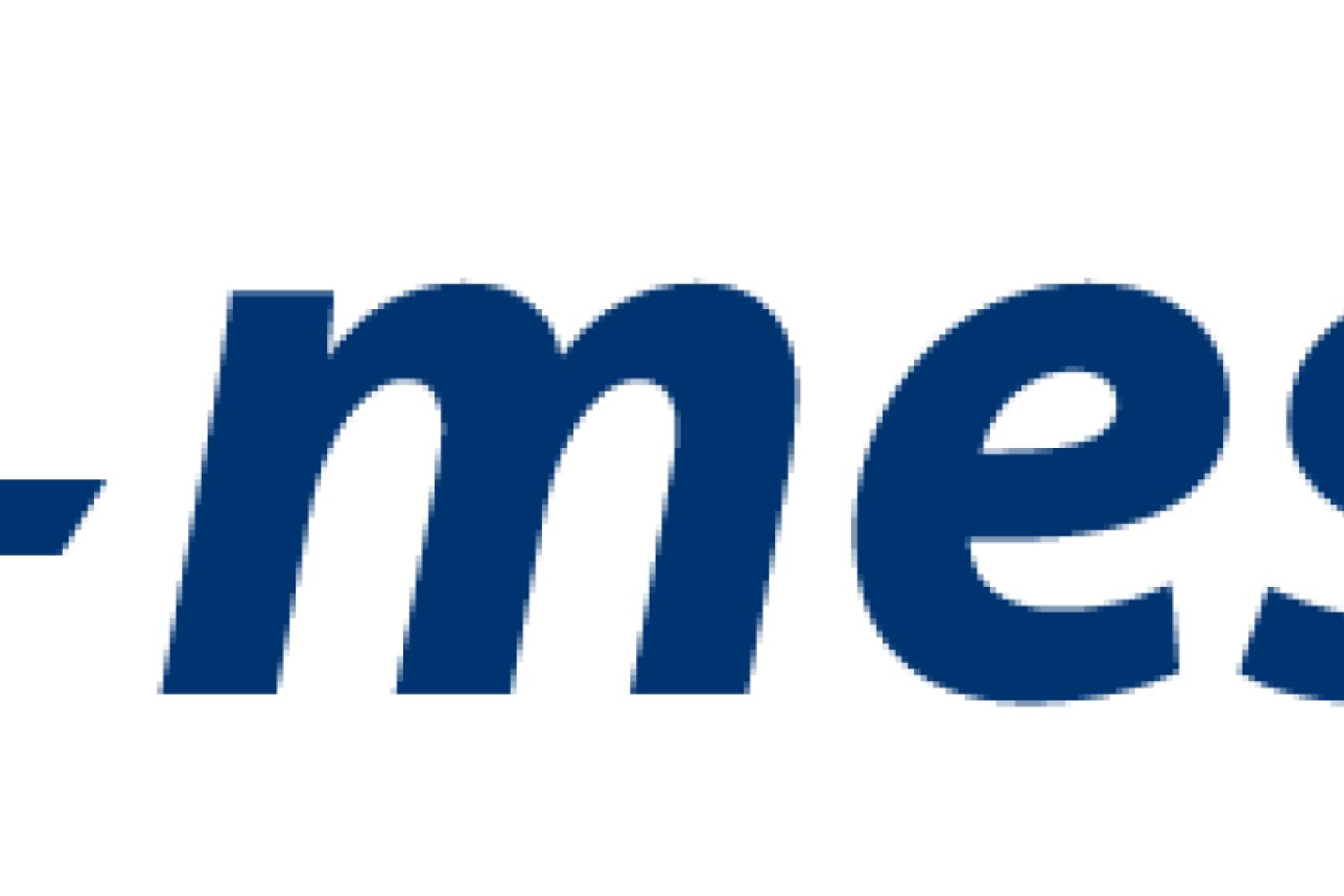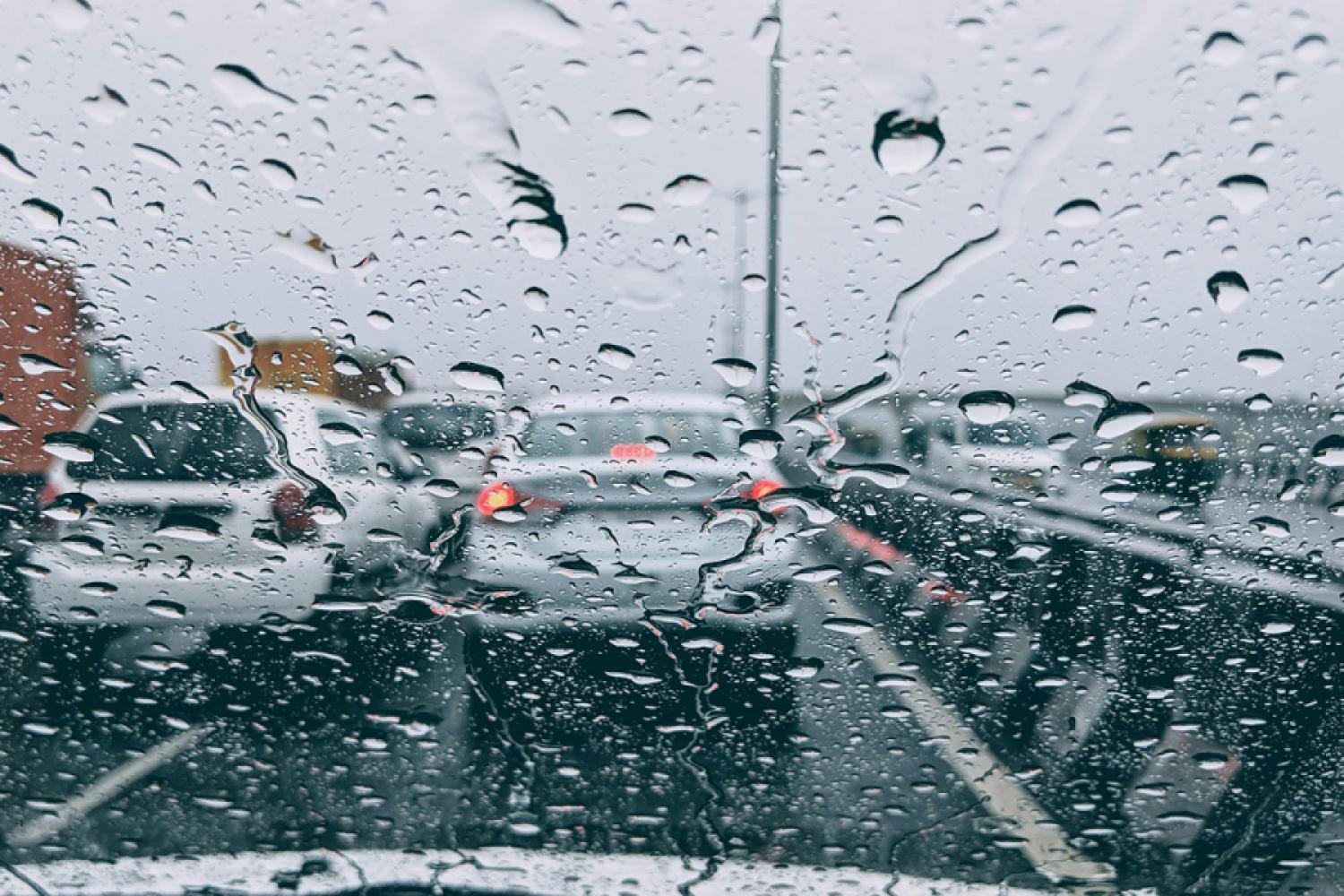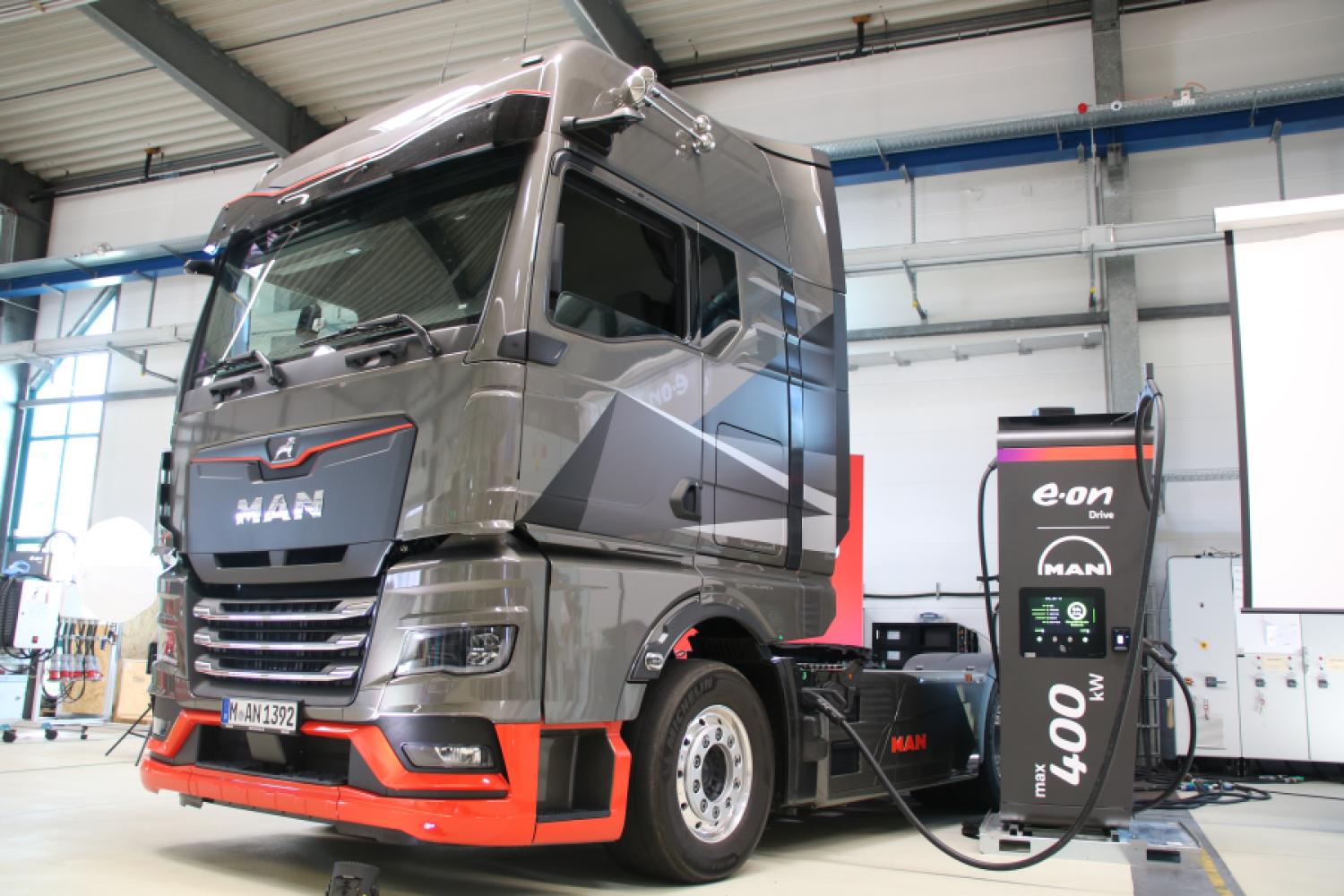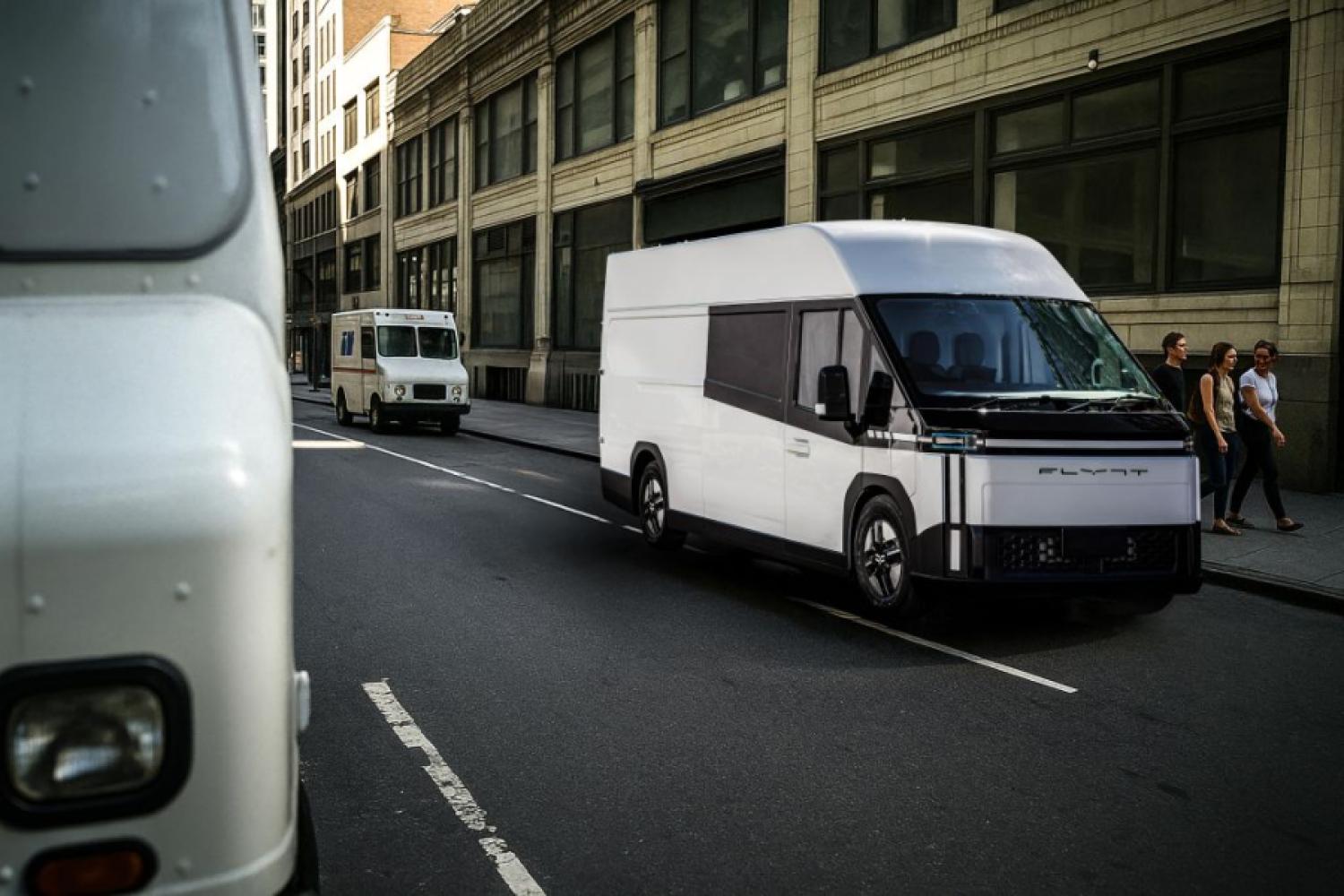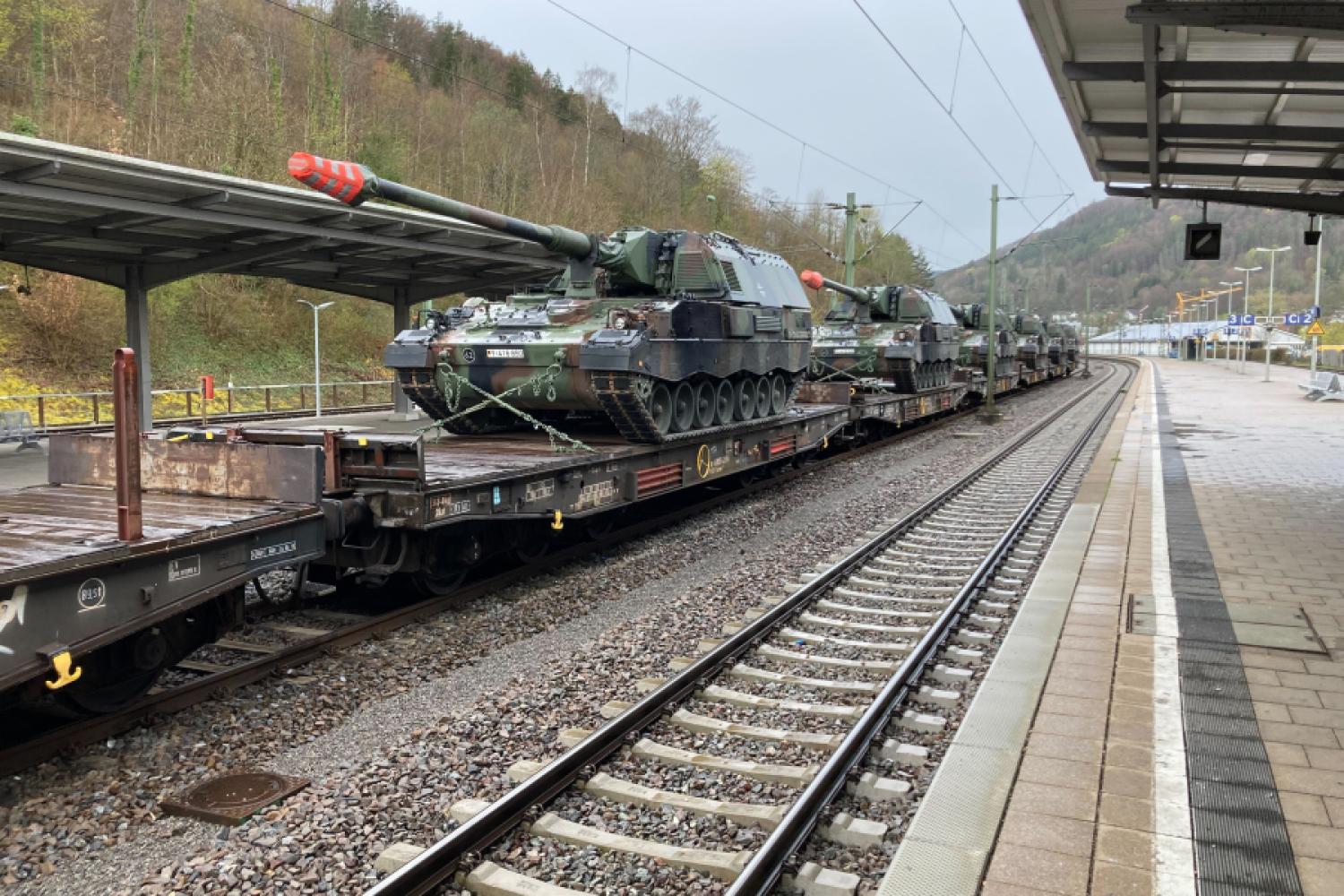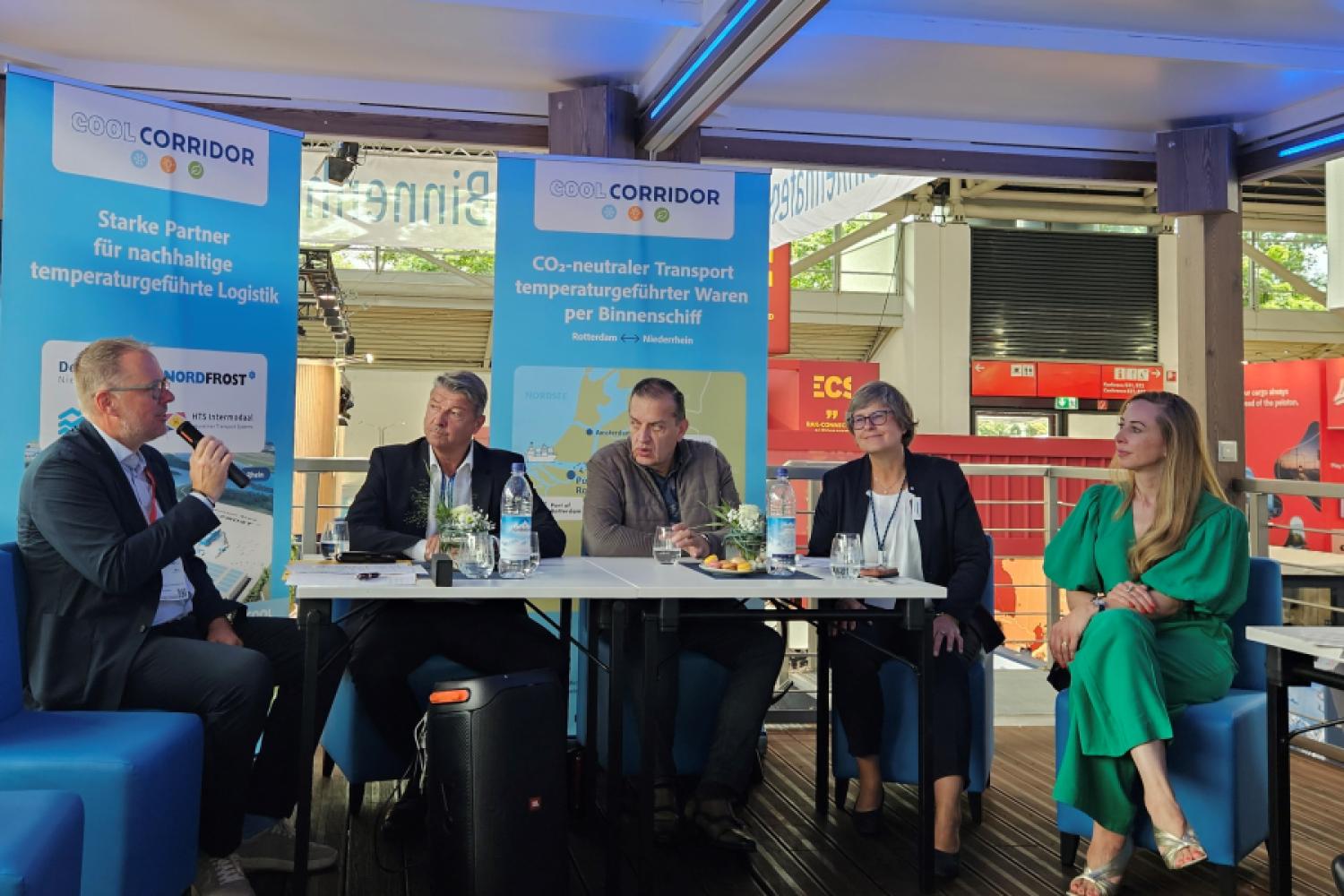The new KION Regional Distribution Center Central Europe (KION RDC CE) is not only a powerful hub for spare parts but also an exemplary model of integrated intralogistics solutions from Linde MH and KION Group's sister company, Dematic. The material flow concept boasts an automation level of 85 percent, combining fixed, fully automatic systems with mobile autonomous robots (AMRs), ensuring that central transport routes remain clear and accessible for manual industrial trucks and personnel.
The official opening of the approximately 22,000 m² building complex was celebrated on May 16, and the move from the old to the new distribution center is expected to be fully completed by summer. With an investment sum of around 90 million euros, the KION RDC CE is considered a flagship project across the group, from planning to realization to go-live. The goal is to showcase the extensive technology competence across KION and achieve productivity increases of up to 50 percent.
Flagship Project for Potential Customers
Considerations for a new, future-proof spare parts center began as early as 2018. It quickly became clear to those responsible that the high demands for efficiency and productivity could be best met with the automation solutions available within the KION Group. The site favored by management, staff, and the works council for the new build was just a few meters from the previous hall complex. The project was
supported from the start by the mayor and the local community, with residents being brought on board early with an informational event, and there was close communication throughout the construction phase.
The warehouse concept initially developed by the automation planners of Linde MH was optimized together with specialists from Dematic until the final warehouse layout. To future-proof the new KION RDC CE and meet the challenging specification, as many material flow processes as possible were to be automated. The good planning and project preparation paid off: about two years after the groundbreaking in February 2023, the construction phase was completed, and the first pallets could be stored in the new distribution center. For the future, the site can be expanded by about 45 percent without additional reinforcement measures to the existing construction.
Reference for Process-Optimized Goods Handling
For Linde MH and Dematic, the new hub for spare parts is not only a successful project but also a perfect reference example for the design of sophisticated material flow solutions with a high degree of automation. It is a typical distribution center, as many are distributed across a variety of industries throughout Europe.
In the new KION RDC CE, the incoming and outgoing goods are handled via a total of 16 truck ramps. Directly behind the goods receiving area, sorting occurs: small parts are packed in boxes and transported into
the connected multishuttle via continuous conveyors. It features five 100-meter-long aisles with a total of 110,000 storage locations and extends along the entire length of the building. Full pallets and mesh boxes travel via conveyor systems, AMRs, and a circulating electric floor train (EBB) with 20 transport vehicles into the fully automated high-bay warehouse with 19,000 storage locations. It is 30 meters high and has six aisles with automatic storage and retrieval machines (SRMs). The picking and packing of small parts orders occur directly under the multishuttle. The order-specific compilation of goods stored in the high-bay warehouse takes place at packing stations along the EBB. All processed orders are subsequently transferred via continuous conveyors and lifting systems to the shipping area, where they are bundled specifically for orders. The shipping area with goods outward is located in a spatially separated hall. Additionally located there is the special warehouse for particularly large or heavy spare part components, which are transported with manual industrial trucks from the goods receiving area directly to the handover points in front of the 21-meter-high and nine-aisle narrow-aisle high-bay warehouse, where semi-automatic combined vehicles (Linde K) take over the carriers.
Ensuring Quick Spare Parts Supply
From the KION RDC CE, Linde's distribution partner network in Germany, Switzerland, the Netherlands, and Ireland is supplied — on request, the ordered components are delivered overnight directly into the
service vehicles of the service technicians. Furthermore, the regional distribution centers in the Czech Republic, Spain, and Sweden, as well as local sites in Italy, France, and the United Kingdom, receive goods from the well-connected distribution center. The top priority is fast, reliable spare parts supply to ensure short repair and maintenance times and thus high vehicle availability. The guideline is that almost 100 percent of all orders received by 5:00 p.m. are shipped the same day. Additionally, customers can rely on getting original spare parts over a long period. They are stocked for up to twelve years. Together with the dense service network and extensive technical knowledge of the technicians, this is a significant competitive advantage.
Exemplary Construction Project
With the new building complex, the KION Group has set planning benchmarks. The project is also exemplary from a sustainability perspective. It was built on existing, mostly already sealed surfaces, and ecologically valuable sand and dry grasslands were relocated and supplemented with many other compensatory measures for nature and species protection. At the same time, the requirements of the Gold Standard of the German Sustainable Building Council (DGNB) were met: A PV system on the roof generates electricity, heating the halls in combination with a heat pump, rainwater is used as service water, and roof water is diverted to the nearby lake and not into the sewer system.
